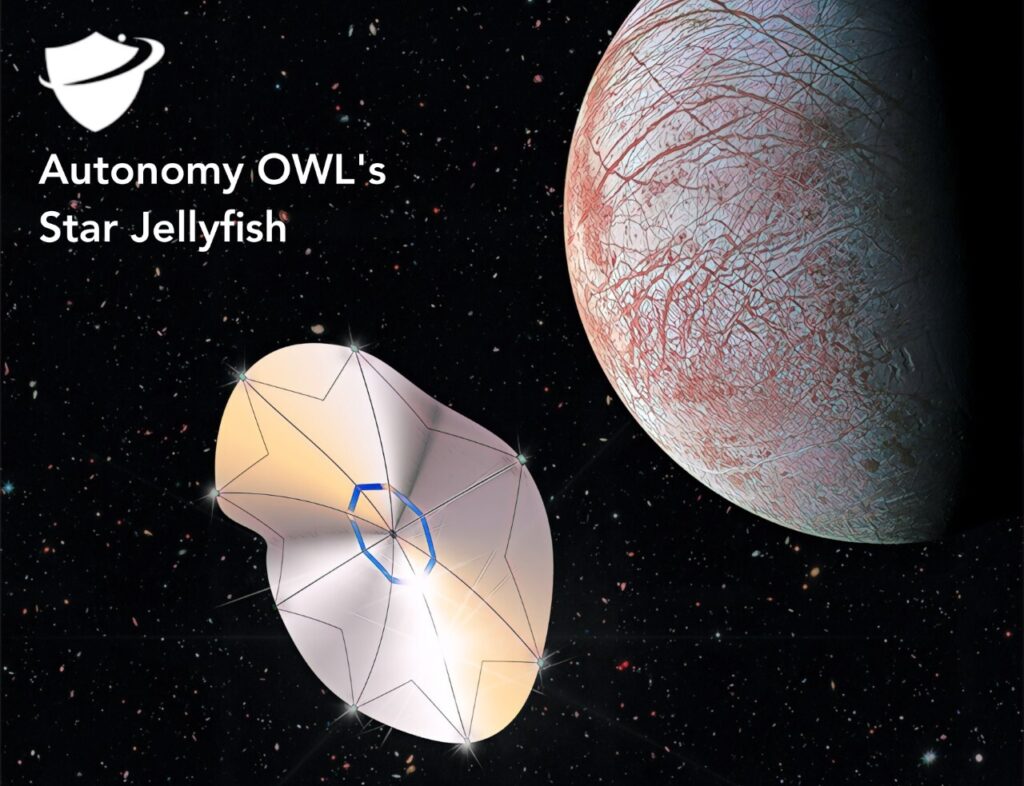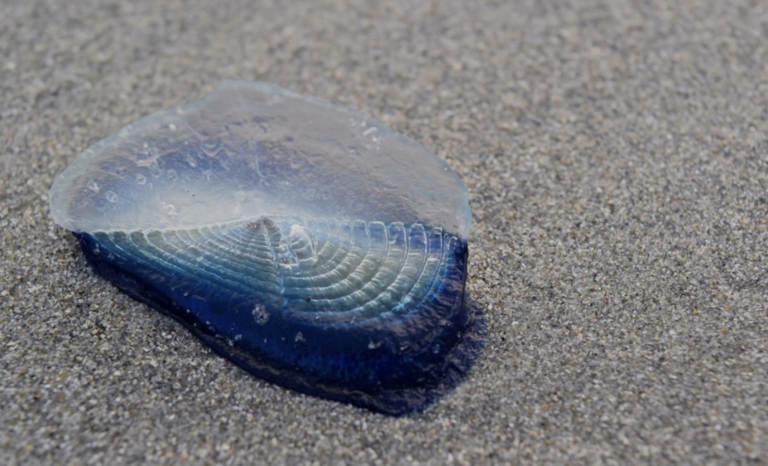
Solar sailing is a revolutionary method of propelling a spacecraft for interplanetary or orbital missions. Instead of using rockets and chemical reactions for propulsion, solar sails leverage photon pressure from light incident from the sun to propel the spacecraft – much like a nautical sail uses wind to navigate the oceans!
One of the major challenges for solar sails is attitude control, which is the process of controlling the orientation of the spacecraft by making small maneuvers to ensure the spacecraft remains on track. Currently, most solar sails use a combination of spinning and small momentum wheel actuators to control attitude. Both of these solutions are undesirable however, as they are heavy, draw a lot of power, and limit the effectiveness of scientific payloads. Moreover, current systems rely on a centralized control system, with a single computer in charge of processing attitude data and launching the appropriate control measures. This approach to control poses significant reliability risks, as system failure or a cyberattack to the central computer would jeopardize the entire control system of the spacecraft.

To solve these challenges, we are designing a bioinspired distributed control system, providing a novel approach to solar sail control. Specifically, we are drawing inspiration from jellyfish, an animal with no brain capable of making informed decisions through a decentralized intelligence system of cells and impulses. To mimic this distribution of intelligence, we are developing a distributed control system, composed of a series of small standalone systems communicating in a mesh network. To control the spacecraft, we are working with electro-active polymers to alter the geometry of the sail, just as a jellyfish changes its shape to navigate the waves in the ocean.
